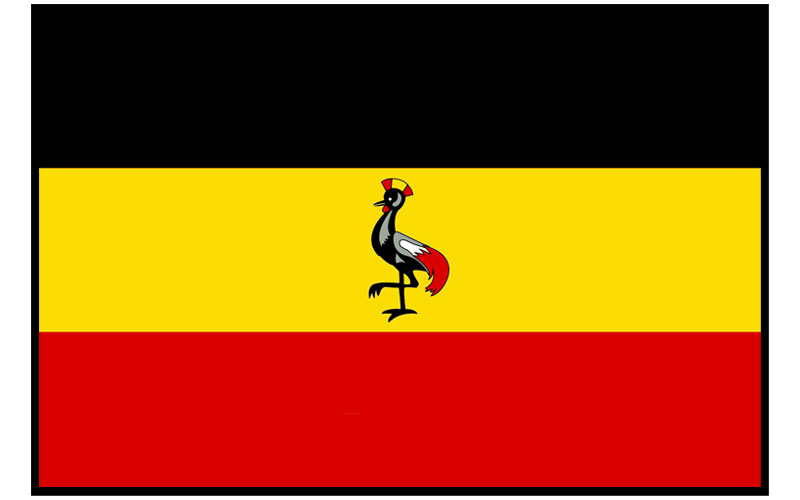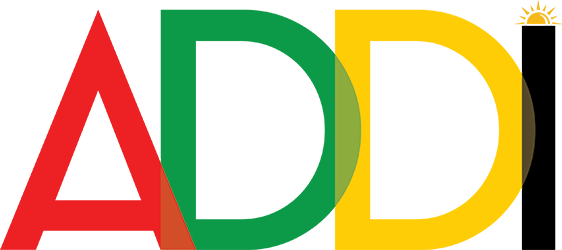
President: Yoweri Museveni (1986)
Prime Minister: Ruhakana Rugunda (2014)
Land area: 77,108 sq mi (199,710 sq km); total area: 91,135 sq mi (236,040 sq km)
Population (2014 est.): 35,918,915 (growth rate: 3.24%); birth rate: 44.17/1000; infant mortality rate: 60.82/1000; life expectancy: 54.46
Capital and largest city (2011 est.): Kampala, 1.659 million
Monetary unit: Ugandan new shilling
Republic of Uganda
Languages: English (official national language, taught in grade schools, used in courts of law and by most newspapers and some radio broadcasts), Ganda or Luganda (most widely used of the Niger-Congo languages, preferred for native language publications in the capital and maybe taught in school), other Niger-Congo languages, Nilo-Saharan languages, Swahili, Arabic
Ethnicity/race: Baganda 16.9%, Banyakole 9.5%, Basoga 8.4%, Bakiga 6.9%, Iteso 6.4%, Langi 6.1%, Acholi 4.7%, Bagisu 4.6%, Lugbara 4.2%, Bunyoro 2.7%, other 29.6% (2002 census)
Religions: Roman Catholic 41.9%, Protestant 42% (Anglican 35.9%, Pentecostal 4.6%, Seventh-Day Adventist 1.5%), Muslim 12.1%, other 3.1%, none 0.9% (2002 census)
Literacy rate: 73.2% (2010 est.)
Economic summary: GDP/PPP (2013 est.): $54.37 billion; per capita $1,500. Real growth rate: 5.6%. Inflation: 6.2%. Unemployment: n.a. Arable land: 27.94% (2011). Agriculture: coffee, tea, cotton, tobacco, cassava (manioc, tapioca), potatoes, corn, millet, pulses, cut flowers; beef, goat meat, milk, poultry. Labor force: 17.4 million (2013 est.); agriculture 82%, industry 5%, services 13% (2011 est.). Industries: sugar, brewing, tobacco, cotton textiles; cement, steel production. Natural resources: copper, cobalt, hydropower, limestone, salt, arable land, gold. Exports: $3.156 billion (2013 est.): coffee, fish and fish products, tea, cotton, flowers, horticultural products; gold. Imports: $4.858 billion (2013 est.): capital equipment, vehicles, petroleum, medical supplies; cereals. Major trading partners: Kenya, Rwanda, Democratic Republic of the Congo, UAE, Netherlands, Germany, China, India, South Africa, Japan, Italy (2012).
Member of the Commonwealth of Nations
Communications: Telephones: main lines in use: 315,000 (2012); mobile cellular: 16.355 million (2012). Broadcast media: public broadcaster, Uganda Broadcasting Corporation (UBC), operates radio and television networks; Uganda first began licensing privately-owned stations in the 1990s; by 2007 there were nearly 150 radio and 35 TV stations, mostly based in and around Kampala; transmissions of multiple international broadcasters are available in Kampala (2007). Internet Service Providers (ISPs):32,683 (2012). Internet users: 3.2 million (2009).
Transportation: Railways: total: 1,244 km (2008). Highways: total: 20,000 km; paved: 3,264 km; unpaved: 16,736 km (2011). Waterways: there are no longer navigable stretches of river in Uganda; parts of the Albert Nile that flow out of Lake Albert in the northwestern part of the country are navigable; several lakes including Lake Victoria and Lake Kyoga have substantial traffic; Lake Albert is navigable along a 200-km stretch from its northern tip to its southern shores (2011). Ports and harbors: Entebbe, Jinja, Port Bell. Airports: 47 (2013).
Fun Facts
- Uganda, twice the size of Pennsylvania
- Vehicles drive on the left side of the rd in Uganda.
- For every tree you cut down in Uganda, you plant three more
- Bicycles are the main type of transportation in the towns
- Mt. Elgon has the largest volcano base in the world
- Pan-fried grasshoppers are presented to special guests in Uganda
- If you have to pee, Ugandans call it “making a short call”
- In Uganda, a “Rolex” is an omelet wrapped in a chapatti
